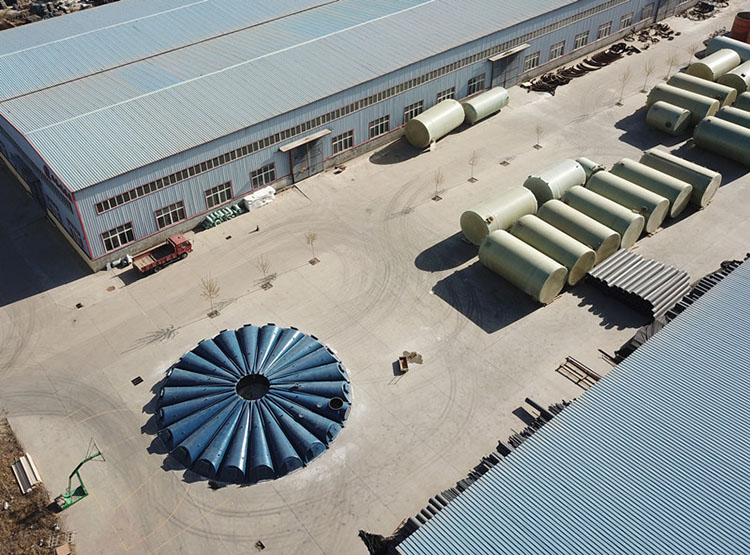
-
 Afrikaans
Afrikaans -
 Albanian
Albanian -
 Amharic
Amharic -
 Arabic
Arabic -
 Armenian
Armenian -
 Azerbaijani
Azerbaijani -
 Basque
Basque -
 Belarusian
Belarusian -
 Bengali
Bengali -
 Bosnian
Bosnian -
 Bulgarian
Bulgarian -
 Catalan
Catalan -
 Cebuano
Cebuano -
 China
China -
 China (Taiwan)
China (Taiwan) -
 Corsican
Corsican -
 Croatian
Croatian -
 Czech
Czech -
 Danish
Danish -
 Dutch
Dutch -
 English
English -
 Esperanto
Esperanto -
 Estonian
Estonian -
 Finnish
Finnish -
 French
French -
 Frisian
Frisian -
 Galician
Galician -
 Georgian
Georgian -
 German
German -
 Greek
Greek -
 Gujarati
Gujarati -
 Haitian Creole
Haitian Creole -
 hausa
hausa -
 hawaiian
hawaiian -
 Hebrew
Hebrew -
 Hindi
Hindi -
 Miao
Miao -
 Hungarian
Hungarian -
 Icelandic
Icelandic -
 igbo
igbo -
 Indonesian
Indonesian -
 irish
irish -
 Italian
Italian -
 Japanese
Japanese -
 Javanese
Javanese -
 Kannada
Kannada -
 kazakh
kazakh -
 Khmer
Khmer -
 Rwandese
Rwandese -
 Korean
Korean -
 Kurdish
Kurdish -
 Kyrgyz
Kyrgyz -
 Lao
Lao -
 Latin
Latin -
 Latvian
Latvian -
 Lithuanian
Lithuanian -
 Luxembourgish
Luxembourgish -
 Macedonian
Macedonian -
 Malgashi
Malgashi -
 Malay
Malay -
 Malayalam
Malayalam -
 Maltese
Maltese -
 Maori
Maori -
 Marathi
Marathi -
 Mongolian
Mongolian -
 Myanmar
Myanmar -
 Nepali
Nepali -
 Norwegian
Norwegian -
 Norwegian
Norwegian -
 Occitan
Occitan -
 Pashto
Pashto -
 Persian
Persian -
 Polish
Polish -
 Portuguese
Portuguese -
 Punjabi
Punjabi -
 Romanian
Romanian -
 Russian
Russian -
 Samoan
Samoan -
 Scottish Gaelic
Scottish Gaelic -
 Serbian
Serbian -
 Sesotho
Sesotho -
 Shona
Shona -
 Sindhi
Sindhi -
 Sinhala
Sinhala -
 Slovak
Slovak -
 Slovenian
Slovenian -
 Somali
Somali -
 Spanish
Spanish -
 Sundanese
Sundanese -
 Swahili
Swahili -
 Swedish
Swedish -
 Tagalog
Tagalog -
 Tajik
Tajik -
 Tamil
Tamil -
 Tatar
Tatar -
 Telugu
Telugu -
 Thai
Thai -
 Turkish
Turkish -
 Turkmen
Turkmen -
 Ukrainian
Ukrainian -
 Urdu
Urdu -
 Uighur
Uighur -
 Uzbek
Uzbek -
 Vietnamese
Vietnamese -
 Welsh
Welsh -
 Bantu
Bantu -
 Yiddish
Yiddish -
 Yoruba
Yoruba -
 Zulu
Zulu
Combining Durability and Resistance in CPVC and FRP Pipe Systems for Enhanced Performance
Combining Durability and Resistance The Benefits of CPVC and FRP Pipes
In modern construction and infrastructure, the choice of piping materials is critical for ensuring long-lasting performance and effective resistance to various environmental factors. Among the most prominent materials are Chlorinated Polyvinyl Chloride (CPVC) and Fiber Reinforced Polymer (FRP) pipes. The integration of these two materials showcases a remarkable synergy that combines durability with resistance, making them ideal for a range of applications in industries like construction, chemical processing, and plumbing.
1. Advantages of CPVC Pipes
CPVC pipes are renowned for their excellent resistance to high temperatures and corrosive chemicals. Unlike traditional PVC pipes, which are limited in their thermal endurance, CPVC can withstand temperatures up to 200°F (93°C), making it suitable for hot water systems and industrial applications. Additionally, CPVC offers remarkable resistance to a variety of corrosive substances, which is essential in environments where harsh chemicals are present, such as laboratories or chemical processing facilities.
Moreover, the installation of CPVC pipes is relatively straightforward due to their lightweight nature and ease of cutting and joining
. This not only reduces installation time but also minimizes labor costs associated with complex piping systems.2. Benefits of FRP Pipes
On the other hand, Fiber Reinforced Polymer (FRP) pipes bring additional advantages to the table, particularly in terms of strength-to-weight ratio and flexibility. FRP pipes are composed of a polymer matrix strengthened with fibers, usually glass or carbon, resulting in a material that is exceptionally lightweight yet remarkably strong, providing superior resistance to both bending and impact loads.
cpvc and frp pipes combine durability and resistance.

The corrosion resistance of FRP pipes further extends their longevity. They can withstand aggressive environments where other materials might fail. This makes FRP an ideal choice for wastewater management, chemical transport, and marine applications, where the threat of corrosion is high. Furthermore, FRP's smooth inner surface reduces friction losses, enhancing flow efficiency and lowering energy costs for pumping.
3. The Synergy of CPVC and FRP
When CPVC and FRP are combined, the resulting piping system benefits from the strengths of both materials. This combination harnesses the high-temperature resistance and chemical durability of CPVC along with the strength and lightweight properties of FRP. Such a hybrid piping system can be engineered to optimize performance according to specific application requirements, which is particularly beneficial in industries geared toward sustainability and cost-efficiency.
In addition, the dual nature of these materials allows for increased design flexibility. Engineers can customize the dimensions and orientations of pipes, facilitating easier routing in complex infrastructures while ensuring minimal stress is placed on the piping system during installation and operation.
Conclusion
The combination of CPVC and FRP pipes offers an innovative solution that meets the demands of various industries by focusing on durability and resistance. As the world continues to evolve and face new environmental and operational challenges, the adoption of these advanced materials will likely expand, providing durable and resistant solutions that ultimately contribute to safer and more efficient infrastructure. By leveraging the strengths of both CPVC and FRP, industries can ensure they are equipped with the most reliable piping systems available, capable of enduring the rigors of their unique environments while promoting longevity and sustainability.









